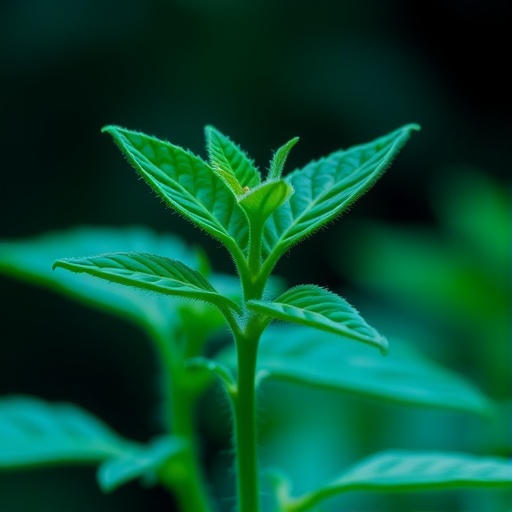Fleece is a wintertime staple but could be contributing to the next big ocean plastics problem: lint. The lightweight, cozy material sheds some of its synthetic microfibers each time it's washed, and this lint ultimately ends up in surface waters and in fish and other wildlife. An article in Chemical & Engineering News (C&EN), the weekly newsmagazine of the American Chemical Society, looks into the problem and possible solutions.
Melody Bomgardner, a senior editor at C&EN, reports that researchers are just getting a handle on how synthetic microfibers from clothing are getting into the environment. Waste water from washing machines is one way. Researchers say lint can also escape into the air and get washed into surface waters with the rain. Additionally, other uses for synthetic fibers such as carpeting can contribute to the pollution. What this microfiber contamination means for human health, wildlife and the environment is still unclear.
While some researchers are working to understand the scope of the problem, others are developing solutions. A number of tactics could help, including changing fabric and clothing production methods and updating wastewater treatment plants. And one group has invented a prototype microfiber catcher for use in washing machines.
###
The article, "The great lint migration," is freely available here.
The American Chemical Society is a nonprofit organization chartered by the U.S. Congress. With nearly 157,000 members, ACS is the world's largest scientific society and a global leader in providing access to chemistry-related research through its multiple databases, peer-reviewed journals and scientific conferences. The American Chemical Society does not conduct research, but publishes and publicizes peer-reviewed scientific studies. Its main offices are in Washington, D.C., and Columbus, Ohio.
To automatically receive news releases from the American Chemical Society, contact [email protected].
Follow us: Twitter | Facebook
Media Contact
Katie Cottingham
[email protected]
301-775-8455
@ACSpressroom
http://www.acs.org
############
Story Source: Materials provided by Scienmag




